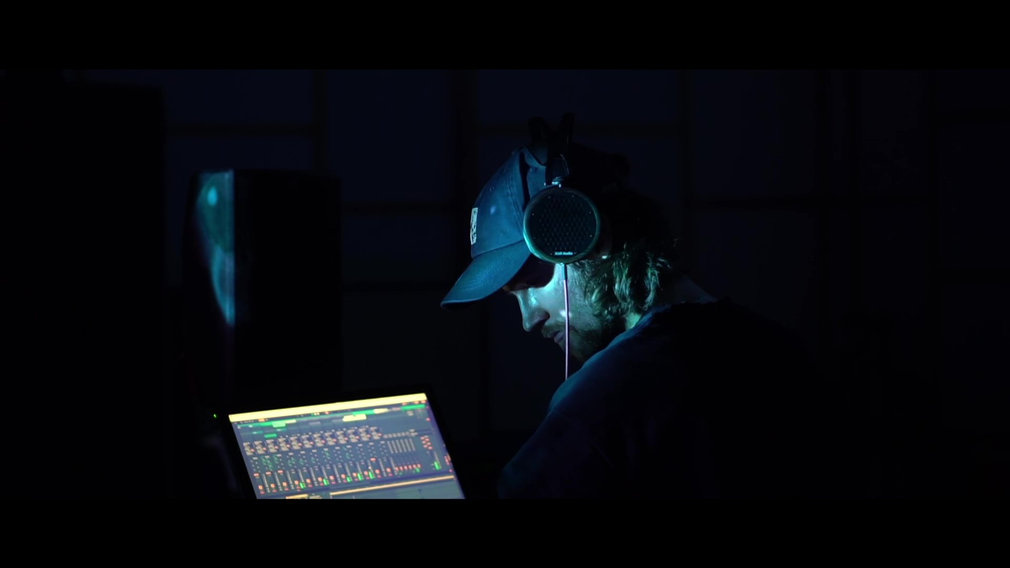Ch. Z.2 Negotiation and propagation
Opposing forces can be creatively fertilizing and help to challenge the musical narrative when a remixician is "stuck in a loop" or playing it safe. Learn to embrace opposition and resistance, because it burns away what has not the artistic integrity to sustain itself, and encourages the music to evolve and be put to the test, rather than settling for mediocrity or the comfort zone.
The Z axis with its pendulum dance between individual agency and collective action, progressing to the ultimate concrescence within the Origo, represents a dynamic process of creative emergence. Individual contributions (reflected in distinct musical elements, gestures or interventions by the remixician) do not remain isolated, but become part of a larger, interconnected musical expression. This movement towards collective creation does not undermine the agency, but highlights the transformative potential of collaborative creativity.
Consider the analogy of propagation, an action or influence spreading through a medium, like a sound wave propagating through air, without implying that the individual elements of the medium are moving along with the wave itself. This illustrates the dynamic between the individual and the collective without suggesting a simple sum of parts. Instead, it emphasizes a process where individual actions facilitate a collective expression that is greater than the sum of its individual contributions.
The Origo is not merely a point of convergence, but a state of becoming that constantly requires active engagement and balance between different forces - individual divergences and collective convergence - to sustain its creative potential.
The Triaxis brings to light the significance of tension between these vectors or axes within live remixing. This tension is not merely oppositional, but is fundamentally necessary for the propagation of creative movements through the system. The individual actions, even when they diverge from the collective norm, do not necessarily detract from the collective experience, but can enrich it, contributing to the emergent phenomenon that characterizes the Origo.
This is analogous to a bird in a flock, where individual movements are essential for the mesmerizing, complex patterns of murmuration. Each bird's autonomy contributes to the flock's collective behavior, not through uniformity, but through a delicate balance of individual actions and collective dynamics.
Ch. Z.1 Sync-sonic merging
Cultivating a dynamic space of interagency is a crucial aspect which the remixician needs to invest sufficient time and energy facilitating. This can be accomplished through various methods and technological approaches, in the preparation before concerts as well as during a live performance.
One example of this is the use of Vochlea's Dubler 2 voice-to-MIDI technology. This tool translates vocal inputs into MIDI signals in real-time, allowing a vocalist's melodic lines to directly manipulate and drive virtual instruments within another performer's setup. In practice, this technology not only enhances the blend between human voice and digital soundscapes, but also subverts the traditional correlation of sound origin, creating a more immersive and surprising auditory experience.
Further illustrating the power of technological wormholes, the integration of MIDI sharing capabilities enables performers to 'piggyback' on each other's instrument outputs and data streams. For instance, tapping into the MIDI output of Alessandra's Yamaha CP electric piano to generate spontaneous arpeggiated lines or accumulative pads in my virtual synths creates a sense of orchestrated spontaneity that otherwise would have to be rehearsed, highly automated or even pre-recorded to achieve the same interactive effect. In some cases, she might mute the volume of her electric piano, so that the only sound coming out will be completely up to my choice of VST, effect chains' dry/wet mix, parameter and volume controls. This giving away of agency requires a lot of trust in each other, as well as taking responsibility for the outcome.
This approach to interagency shows the powerful potential of sync-sonic merging - a term I propose to describe the act of creating synchronized actions across different agents, instruments, and performers through technological facilitation.
Such implementations are highly effective in expanding the interconnectedness of live performances, enabling musicians to invent novel sounds and interactions that were previously unattainable. By bridging individual actions with collective outputs, these tools enhance the creative possibilities of live remixing as an art of spontaneous composition, reinforcing the Triaxis model's emphasis on distributed creativity and interactive dynamics.
Consider then, that collective actions occur also through synchronized, interconnected agents in the musical environment, and is not exclusively referring to the number of people involved. This can sometimes make it harder to precisely determine whether the musical element or gesture is to be placed according to the Y or Z axis, but evaluate it with discernement and inquiry - and you will see which is the most insightful position in your scenario. The importance of deciding which processing perspective the element is placed in accordance to, combined with the experiential result from your perspective - will make it possible to reveal interesting combinations of intuitive correspondance between musical choices. In the example of Alessandra's electric piano controlling my synthesizers' note values, one can focus on the operational aspect of interagency, organization and processual perception, deeming it an ordered, rhizomatic, collective action, while in the experiential perspective, it might rather be perceived as more of a collective, hierarchical and ordered experience - since it seems she is leading the orchestrated movements like a conductor of sounds - expressing a hierarchical relational dynamic.
Sync-sonic merging is not only limited to technological interactions, but also extends to embodied actions, such as Alessandra drawing a bow across her Leaf Audio soundbox while simultaneously singing, merging vocal and instrumental inputs through effect chains into a hybrid, resonant sonic gesture. See an example of this in the start of the video of "Solestepper".
